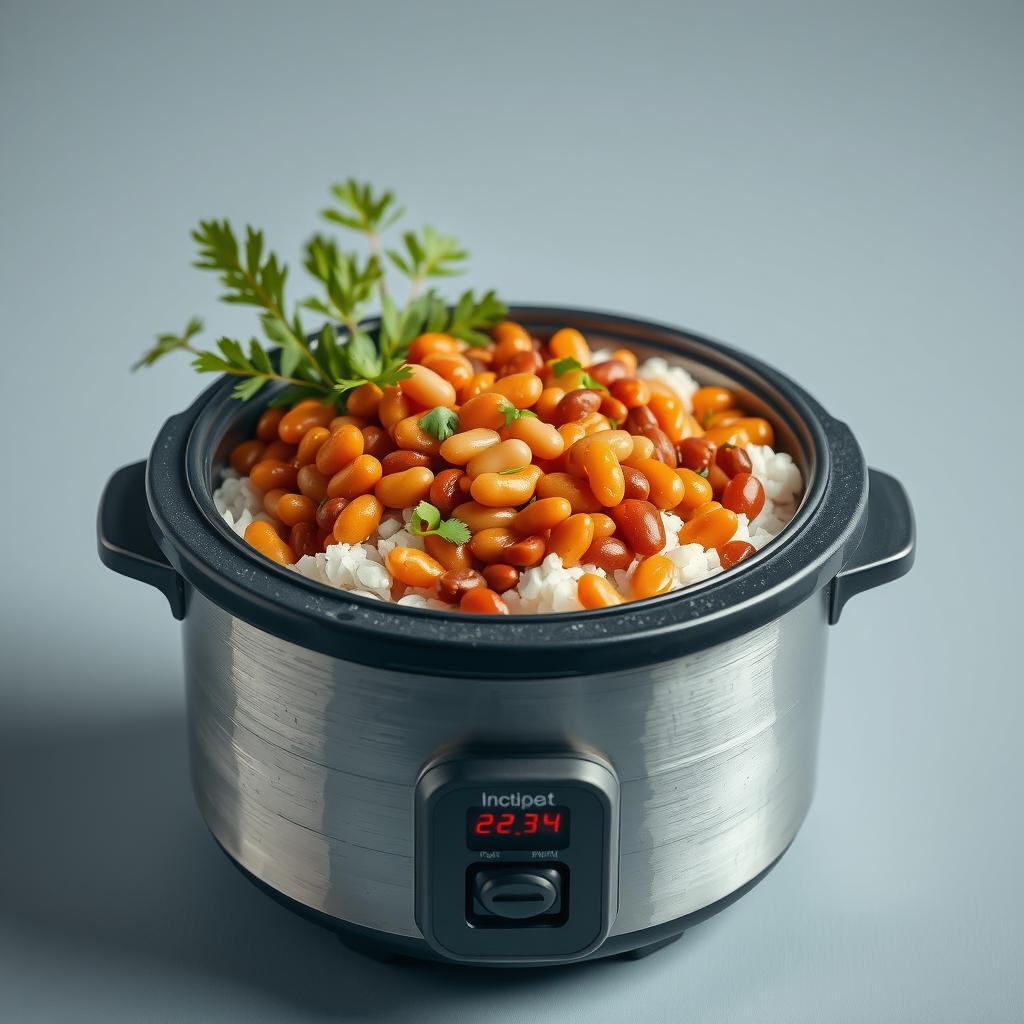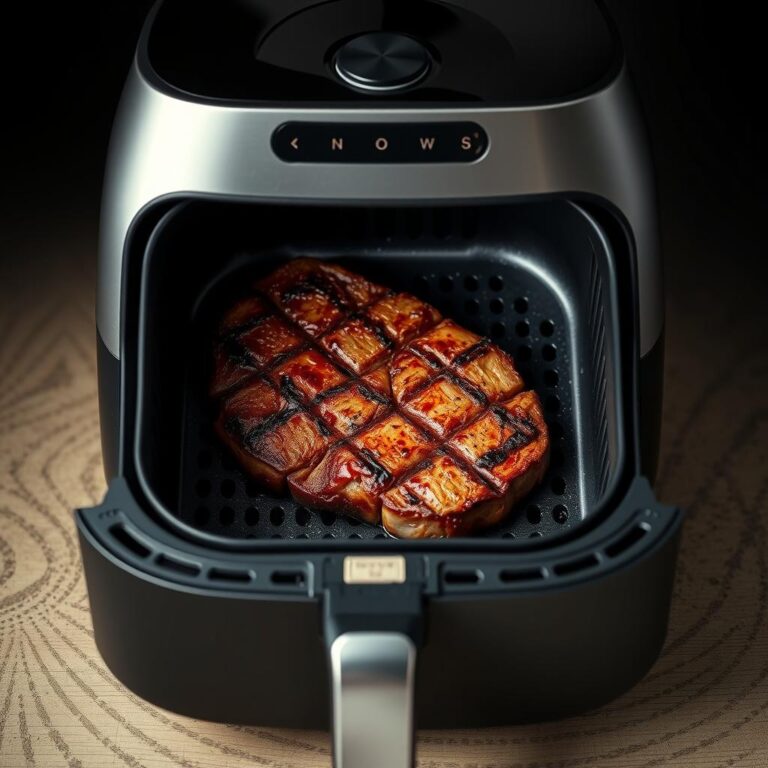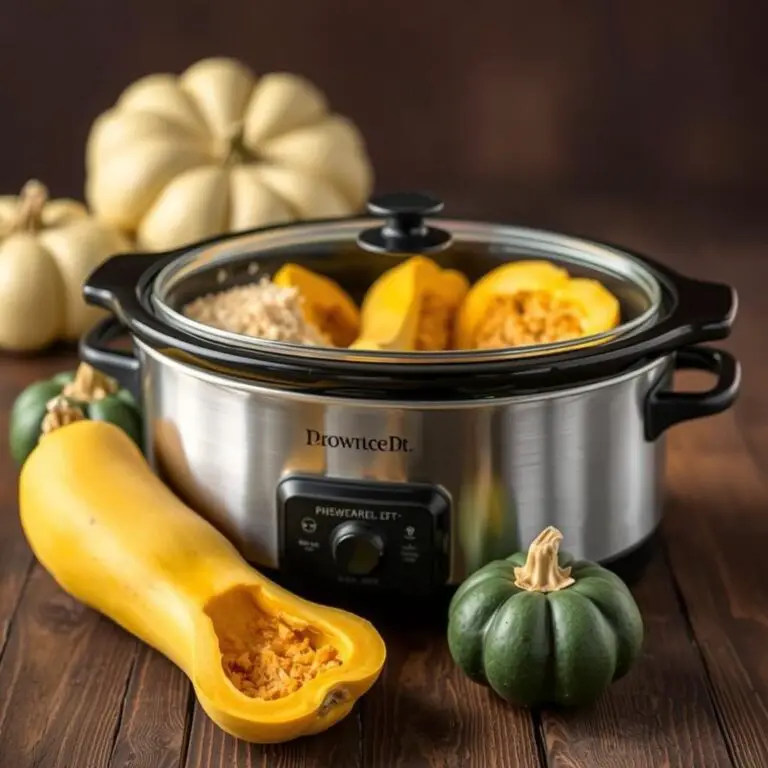Can you cook pinto beans in a rice cooker? Absolutely, and I'm here to tell you exactly how to do it.
Unlock the Potential: Cooking Pinto Beans in a Rice Cooker
Cooking pinto beans doesn't have to be an all-day affair, and you definitely don't need fancy equipment.
In fact, using a rice cooker for pinto beans is a game-changer, especially if you're looking for a simple, hands-off way to get perfectly cooked beans.
This guide breaks down the entire process, ensuring even beginner cooks can enjoy delicious, homemade pinto beans with minimal effort.
Why Use a Rice Cooker for Pinto Beans?
Let’s be real, time is money.
Using a rice cooker streamlines the entire process, freeing you up to tackle other tasks while your beans cook.
Think about it: no babysitting a pot on the stove, no worrying about boil-overs, just consistently cooked pinto beans every time.
Here's why I'm a big fan of using a rice cooker for pinto beans:
- Set it and forget it: Seriously, it's that easy.
- Consistent results: The rice cooker maintains a steady temperature, ensuring even cooking.
- Space saver: If you're short on stovetop space, this is a lifesaver.
- Energy efficient: Rice cookers typically use less energy than a stovetop.
- Less mess: Say goodbye to messy boil-overs.
Pinto Beans 101: Prepping for Rice Cooker Success
Before we dive into the actual cooking, let's talk about prepping your pinto beans.
This step is crucial for the best flavor and texture, plus it can significantly reduce cooking time.
First, sort through your beans.
Look for any small stones, debris, or shriveled beans and discard them.
Trust me, nobody wants to bite into a rock.
Next, rinse the pinto beans thoroughly under cold water.
This helps remove any dirt or dust that might be clinging to them.
Now comes the important part: soaking the beans.
You have two options here:
-
Overnight Soak: Place the rinsed beans in a large bowl and cover them with plenty of water. Let them soak for at least 8 hours, or overnight. This method helps soften the beans and reduces cooking time.
-
Quick Soak: If you're short on time, place the rinsed beans in a pot and cover them with water. Bring the water to a boil, then turn off the heat and let the beans soak for 1 hour.
Rice Cooker Pinto Beans: The Step-by-Step Guide
Alright, you've prepped your beans, now let’s get cooking!
Here's a simple guide to cooking pinto beans in your rice cooker, promising perfectly cooked pinto beans every single time.
-
Drain and Rinse: After soaking, drain the pinto beans and give them another good rinse with fresh water.
-
Transfer to Rice Cooker: Place the rinsed beans into your rice cooker.
-
Add Water: Cover the beans with water. A good rule of thumb is to use a 2:1 water-to-bean ratio (for example, 2 cups of water for every 1 cup of dried pinto beans). Adjust the water level as needed to ensure the beans are fully submerged.
-
Seasoning (Optional): This is where you can get creative! Add salt, pepper, garlic powder, onion powder, cumin, or any other spices you like. A bay leaf can also add a nice depth of flavor. If you're watching your sodium intake, you can always add salt after cooking.
-
Cook: Close the lid of your rice cooker and select the "beans" or "slow cook" setting, if available. If your rice cooker doesn't have these settings, use the "cook" setting.
-
Check for Doneness: Cooking time will vary depending on your rice cooker and the type of beans. Start checking for doneness after about 1.5-2 hours. The beans should be tender and easily mashed with a fork. If they're not quite there, continue cooking and check every 20-30 minutes.
-
Let them Rest: Once the beans are cooked to your liking, let them sit in the rice cooker for about 10-15 minutes before serving. This allows them to absorb any remaining liquid and develop even more flavor.
Tips and Tricks for Perfect Rice Cooker Pinto Beans
Okay, so you know the basics, but here are a few extra tips to help you nail this:
- Don't Overfill: Avoid overfilling your rice cooker, as the beans will expand during cooking.
- Adjust Water Level: Keep an eye on the water level during cooking. If the water evaporates too quickly, add more to ensure the beans stay submerged.
- Experiment with Spices: Don't be afraid to experiment with different spices and herbs to find your favorite flavor combination. Consider adding a ham hock or smoked paprika for a smoky flavor.
- Salt Timing: Some people prefer to add salt at the beginning of cooking, while others prefer to add it at the end. Experiment to see what you like best. Adding salt at the beginning can sometimes toughen the beans, so if you're having trouble getting them tender, try adding the salt later.
What To Do With Your Perfectly Cooked Pinto Beans
Now that you've got a pot of delicious, perfectly cooked pinto beans, what are you going to do with them? The possibilities are endless!
Here are just a few ideas:
- Refried Beans: Mash them up with a little bit of cooking liquid, butter, and your favorite seasonings for homemade refried beans.
- Bean Burritos: Use them as a filling for bean burritos, tacos, or quesadillas.
- Chili: Add them to your favorite chili recipe.
- Bean Soup: Use them as a base for a hearty bean soup.
- Side Dish: Serve them as a simple and flavorful side dish with rice and your favorite protein.
- Bean Salad: Combine them with chopped vegetables, herbs, and a vinaigrette for a refreshing bean salad.
Troubleshooting Common Pinto Bean Problems
Even with the best instructions, sometimes things don't go as planned.
Here are a few common problems you might encounter when cooking pinto beans and how to fix them:
- Beans are Still Hard: If your beans are still hard after the recommended cooking time, add more water and continue cooking. Soaking the beans for a longer period of time can also help prevent this problem.
- Beans are Mushy: If your beans are too mushy, you may have overcooked them. Next time, check for doneness more frequently.
- Beans are Bland: If your beans are bland, add more salt, spices, or herbs. Consider adding a bay leaf or a ham hock for extra flavor.
- Foam on Top: You may notice some foam forming on top of the water during cooking. This is normal and can be skimmed off with a spoon.
By now, you should be fully equipped to confidently answer the question: can you cook pinto beans in a rice cooker?
Can you cook pinto beans in a rice cooker? Absolutely, and I'm here to tell you exactly how to do it.
Unlock the Potential: Cooking Pinto Beans in a Rice Cooker
Cooking pinto beans doesn't have to be an all-day affair, and you definitely don't need fancy equipment.
In fact, using a rice cooker for pinto beans is a game-changer, especially if you're looking for a simple, hands-off way to get perfectly cooked beans.
This guide breaks down the entire process, ensuring even beginner cooks can enjoy delicious, homemade pinto beans with minimal effort.
Why Use a Rice Cooker for Pinto Beans?
Let’s be real, time is money.
Using a rice cooker streamlines the entire process, freeing you up to tackle other tasks while your beans cook.
Think about it: no babysitting a pot on the stove, no worrying about boil-overs, just consistently cooked pinto beans every time.
Here's why I'm a big fan of using a rice cooker for pinto beans:
- Set it and forget it: Seriously, it's that easy.
- Consistent results: The rice cooker maintains a steady temperature, ensuring even cooking.
- Space saver: If you're short on stovetop space, this is a lifesaver.
- Energy efficient: Rice cookers typically use less energy than a stovetop.
- Less mess: Say goodbye to messy boil-overs.
Pinto Beans 101: Prepping for Rice Cooker Success
Before we dive into the actual cooking, let's talk about prepping your pinto beans.
This step is crucial for the best flavor and texture, plus it can significantly reduce cooking time.
First, sort through your beans.
Look for any small stones, debris, or shriveled beans and discard them.
Trust me, nobody wants to bite into a rock.
Next, rinse the pinto beans thoroughly under cold water.
This helps remove any dirt or dust that might be clinging to them.
Now comes the important part: soaking the beans.
You have two options here:
-
Overnight Soak: Place the rinsed beans in a large bowl and cover them with plenty of water. Let them soak for at least 8 hours, or overnight. This method helps soften the beans and reduces cooking time.
-
Quick Soak: If you're short on time, place the rinsed beans in a pot and cover them with water. Bring the water to a boil, then turn off the heat and let the beans soak for 1 hour.
Rice Cooker Pinto Beans: The Step-by-Step Guide
Alright, you've prepped your beans, now let’s get cooking!
Here's a simple guide to cooking pinto beans in your rice cooker, promising perfectly cooked pinto beans every single time.
-
Drain and Rinse: After soaking, drain the pinto beans and give them another good rinse with fresh water.
-
Transfer to Rice Cooker: Place the rinsed beans into your rice cooker.
-
Add Water: Cover the beans with water. A good rule of thumb is to use a 2:1 water-to-bean ratio (for example, 2 cups of water for every 1 cup of dried pinto beans). Adjust the water level as needed to ensure the beans are fully submerged.
-
Seasoning (Optional): This is where you can get creative! Add salt, pepper, garlic powder, onion powder, cumin, or any other spices you like. A bay leaf can also add a nice depth of flavor. If you're watching your sodium intake, you can always add salt after cooking.
-
Cook: Close the lid of your rice cooker and select the "beans" or "slow cook" setting, if available. If your rice cooker doesn't have these settings, use the "cook" setting.
-
Check for Doneness: Cooking time will vary depending on your rice cooker and the type of beans. Start checking for doneness after about 1.5-2 hours. The beans should be tender and easily mashed with a fork. If they're not quite there, continue cooking and check every 20-30 minutes.
-
Let them Rest: Once the beans are cooked to your liking, let them sit in the rice cooker for about 10-15 minutes before serving. This allows them to absorb any remaining liquid and develop even more flavor.
Tips and Tricks for Perfect Rice Cooker Pinto Beans
Okay, so you know the basics, but here are a few extra tips to help you nail this:
- Don't Overfill: Avoid overfilling your rice cooker, as the beans will expand during cooking.
- Adjust Water Level: Keep an eye on the water level during cooking. If the water evaporates too quickly, add more to ensure the beans stay submerged.
- Experiment with Spices: Don't be afraid to experiment with different spices and herbs to find your favorite flavor combination. Consider adding a ham hock or smoked paprika for a smoky flavor.
- Salt Timing: Some people prefer to add salt at the beginning of cooking, while others prefer to add it at the end. Experiment to see what you like best. Adding salt at the beginning can sometimes toughen the beans, so if you're having trouble getting them tender, try adding the salt later.
What To Do With Your Perfectly Cooked Pinto Beans
Now that you've got a pot of delicious, perfectly cooked pinto beans, what are you going to do with them? The possibilities are endless!
Here are just a few ideas:
- Refried Beans: Mash them up with a little bit of cooking liquid, butter, and your favorite seasonings for homemade refried beans.
- Bean Burritos: Use them as a filling for bean burritos, tacos, or quesadillas.
- Chili: Add them to your favorite chili recipe.
- Bean Soup: Use them as a base for a hearty bean soup.
- Side Dish: Serve them as a simple and flavorful side dish with rice and your favorite protein.
- Bean Salad: Combine them with chopped vegetables, herbs, and a vinaigrette for a refreshing bean salad.
Troubleshooting Common Pinto Bean Problems
Even with the best instructions, sometimes things don't go as planned.
Here are a few common problems you might encounter when cooking pinto beans and how to fix them:
- Beans are Still Hard: If your beans are still hard after the recommended cooking time, add more water and continue cooking. Soaking the beans for a longer period of time can also help prevent this problem.
- Beans are Mushy: If your beans are too mushy, you may have overcooked them. Next time, check for doneness more frequently.
- Beans are Bland: If your beans are bland, add more salt, spices, or herbs. Consider adding a bay leaf or a ham hock for extra flavor.
- Foam on Top: You may notice some foam forming on top of the water during cooking. This is normal and can be skimmed off with a spoon.
By now, you should be fully equipped to confidently answer the question: can you cook pinto beans in a rice cooker?
Level Up Your Rice Cooker Pinto Beans Game
Alright, you've got the basic recipe down, but how do you take those rice cooker pinto beans from good to freakin' amazing?
Let's dive into some seriously tasty upgrades and variations.
Smoky Pinto Beans: Adding Depth and Flavor
Want to infuse a smoky flavor into your pinto beans cooked in a rice cooker?
Here’s how:
-
Smoked Paprika: A teaspoon or two of smoked paprika added during cooking gives a subtle smoky note.
-
Bacon or Pancetta: Cook a few slices of bacon or pancetta, then add the rendered fat and chopped bacon to the rice cooker along with the beans and water.
-
Liquid Smoke: Use liquid smoke sparingly. A few drops go a long way in adding a potent smoky flavor.
-
Smoked Ham Hock: Toss in a smoked ham hock for a truly deep, savory smoky flavor; just remember to remove it before serving.
Spicy Pinto Beans: Kicking Up the Heat
If you're craving a bit of heat, these additions will do the trick when you cook pinto beans in a rice cooker:
-
Chili Powder: Add a tablespoon or two of chili powder to the rice cooker for a mild kick.
-
Cayenne Pepper: A pinch of cayenne pepper provides a more intense heat.
-
Jalapeños or Serranos: Dice a jalapeño or serrano pepper (seeds and all, if you dare) and add it to the rice cooker.
-
Chipotle Peppers in Adobo: A smoky and spicy addition. Chop one or two chipotle peppers and add them along with a tablespoon of the adobo sauce.
Flavor Bomb: Creative Seasoning Ideas for Rice Cooker Pinto Beans
Beyond the basics, these seasoning combos will make your pinto beans cooked in the rice cooker truly shine:
-
Mexican Fiesta: Cumin, chili powder, coriander, and a squeeze of lime juice after cooking.
-
Southern Comfort: Bacon, onion, garlic, and a pinch of brown sugar for a touch of sweetness.
-
Mediterranean Twist: Olive oil, oregano, thyme, and a splash of red wine vinegar.
-
Indian Spice: Turmeric, cumin, coriander, and a small piece of ginger.
Making Refried Beans from Rice Cooker Pinto Beans
Now that you’ve cooked your pinto beans in a rice cooker, let’s turn them into delicious refried beans.
Here’s how:
-
Sauté Aromatics: In a skillet, sauté diced onion and garlic in a little oil or butter until softened.
-
Mash Beans: Add the cooked pinto beans to the skillet and mash them with a potato masher or the back of a spoon.
-
Add Liquid: Add some of the cooking liquid from the rice cooker to achieve your desired consistency.
-
Season and Simmer: Season with salt, pepper, and any other spices you like (chili powder, cumin, etc.). Simmer for about 10-15 minutes, stirring occasionally, until the beans thicken to your liking.
-
Serve: Serve hot as a side dish, in burritos, or as part of a Mexican-inspired meal.
Storing and Freezing Your Rice Cooker Pinto Beans
Batch cooking pinto beans in a rice cooker is a great way to save time and have beans on hand for future meals.
Here's how to store and freeze them properly:
-
Storing in the Refrigerator: Let the cooked beans cool completely, then transfer them to an airtight container and store in the refrigerator for up to 3-4 days.
-
Freezing for Later: To freeze, portion the cooled beans into freezer-safe bags or containers. Leave some headspace in the containers, as the beans will expand slightly when frozen. Freeze for up to 2-3 months.
-
Reheating: Thaw frozen beans in the refrigerator overnight or use the defrost setting on your microwave. Reheat on the stovetop or in the microwave until heated through.
Pinto Bean Nutrition and Health Benefits
Pinto beans aren’t just tasty, they’re also packed with nutrients.
Here’s a quick rundown of their health benefits:
-
High in Fiber: Promotes digestive health and helps regulate blood sugar levels.
-
Excellent Source of Protein: Essential for building and repairing tissues.
-
Rich in Vitamins and Minerals: Including folate, iron, and potassium.
-
May Help Lower Cholesterol: Soluble fiber in pinto beans can help lower LDL cholesterol levels.
Rice Cooker Pinto Beans: A Convenient and Delicious Choice
Cooking pinto beans in a rice cooker is a game-changer for anyone looking for a convenient, hands-off way to enjoy this nutritious and versatile legume.
With a little planning and these helpful tips, you can easily create perfectly cooked pinto beans every time.
FAQ: Cooking Pinto Beans in a Rice Cooker
Can I cook pinto beans in a rice cooker without soaking them?
Yes, but it will take longer, and the beans might not cook as evenly. Soaking is highly recommended for the best results.
How much water should I use when cooking pinto beans in a rice cooker?
A good rule of thumb is to use a 2:1 water-to-bean ratio. Adjust as needed to ensure the beans are fully submerged.
Can I use any type of rice cooker to cook pinto beans?
Most rice cookers will work, but those with a "beans" or "slow cook" setting are ideal.
How do I know when the pinto beans are done cooking in the rice cooker?
The beans should be tender and easily mashed with a fork. If they're not quite there, continue cooking and check every 20-30 minutes.
What if my rice cooker doesn't have a "beans" or "slow cook" setting?
Use the "cook" setting and check for doneness frequently.
Can I add other ingredients to the rice cooker while cooking pinto beans?
Absolutely! Onions, garlic, spices, herbs, and even ham hocks can be added for extra flavor.
Are rice cooker pinto beans healthier than canned pinto beans?
Generally, yes. You control the ingredients, including the amount of salt, and avoid potential additives found in canned beans.
So, are you ready to ditch the canned beans and embrace the ease of cooking pinto beans in a rice cooker? I know I am.





